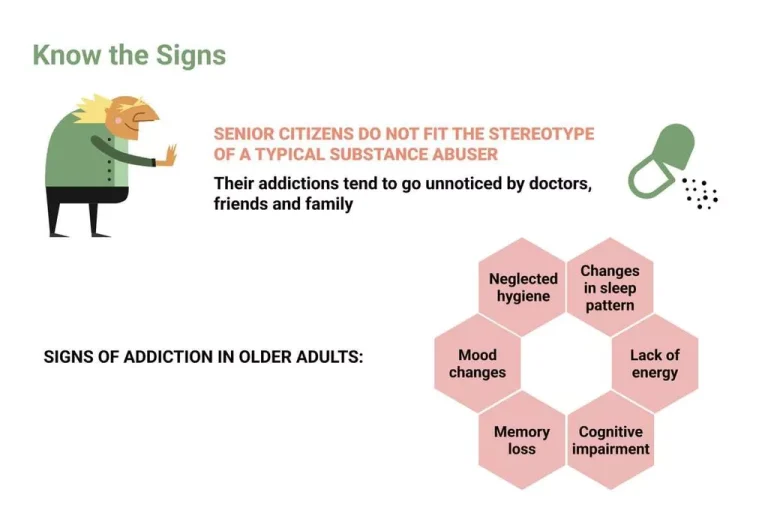
The risk of relapse is greatest in the first 90 days of recovery, a period when, as a result of adjustments the body is making, sensitivity to stress is particularly acute while sensitivity to reward is low. It is important to know that relapse does not represent a moral weakness. It reflects the difficulty of resisting a return to substance use in response to what may be intense cravings but before new coping strategies have been learned and new routines have been established. For that reason, some experts prefer not to use the term “relapse” but to use more morally neutral terms such as “resumed” use or a “recurrence” of symptoms.

Characteristics of Abstinence Violation Effect

Our first instinct should be to figure out a relapse prevention plan that addresses the faults we have identified. This is an important measure, but it doesn’t do much for relapse prevention abstinence violation effect if we don’t forge a plan to deal with these disturbances when they arise. This isn’t the only way in which our thinking might become twisted when we experience a lapse in sobriety.
- In one of the first studies to examine this effect, Herman and Mack experimentally violated the diets of dieters by requiring them to drink a milkshake, a high-calorie food, as part of a supposed taste perception study [27].
- These may serve to set up a relapse, for example, using rationalization, denial, or a desire for immediate gratification.
- The actual statistics on relapse for other drugs have little to do with one’s personal recovery program.
- And our clients thank us with an average 97 percent rating for their overall experience with us.
Related terms:
Triggers include cravings, problematic thought patterns, and external cues or situations, all of which can contribute to increased self-efficacy (a sense of personal confidence, identity, and control) when properly managed. Additionally, the support of a solid social network and professional help can play a pivotal role. Encouragement and understanding from friends, family, or support groups can help individuals overcome the negative emotional aftermath of the AVE.
- Many researchers define relapse as a process rather than as a discrete event and thus attempt to characterize the factors contributing to relapse3.
- Furthermore, 12-step programs often celebrate abstinence milestones and encourage participants to count abstinent days, leading to a perception that someone who resumes substance use is “going back to the beginning” and has not made progress in recovery.
- Also, therapists can provide positive feedback of achievements that the client has been able to make in other facets of life6.
‘This Time Will Be Different’

It is, however, most commonly used to refer to a resumption of substance use behavior after a period of abstinence from substances (Miller 1996). The term relapse may be used to describe a prolonged return to substance use, whereas lapsemay be used to describe discrete, circumscribed… In psychotherapy, an abstinence violation effect refers to the negative cognitive and affective reactions one experiences after returning to substance use after a period of abstinence. As a result of AVE, a person may experience uncontrollable, stable attributions, and feelings of shame and guilt after a relapse.


A better understanding of one’s motives, one’s vulnerabilities, and one’s strengths helps to overcome addiction. In a subsequent meta-analysis by Irwin, twenty-six published and unpublished studies representing a sample of 9,504 participants were included. Results indicated that RP was generally effective, particularly for alcohol problems. Specifically, RP was most effective when applied to alcohol or polysubstance use disorders, combined with the adjunctive use of medication, and when evaluated immediately following treatment. Moderation analyses suggested that RP was consistently efficacious across treatment modalities (individual vs. group) and settings (inpatient vs. outpatient)22. Inaction has typically been interpreted as the acceptance of substance cues which can be described as “letting go” and not acting on an urge.
- When abstinence violation occurs, individuals typically enter a state of cognitive dissonance, defined as an aversive experience resulting from the discrepancy created by having two or more simultaneous and inconsistent cognitions.
- Those with only a few weeks of sobriety will not feel as bad as those with years under their belt.
- This can create a cycle of self-recrimination and further substance use, making it challenging to maintain long-term abstinence.
- For instance, one interesting manifestation of a lapse is something termed the abstinence violation effect.
- Teasdale and colleagues provide a description of this training which teaches generic psychological, self-control skills and can be used on a continuing basis to maintain skills after initial training.
Relapse Prevention
- But their lifespan can be measured in minutes—10 or 15—and that enables people to summon ways to resist them or ride them out.
- If the reason for the violation is attributed to internal, stable, and/or global factors, such as lack of willpower or possession of an underlying disease, then the individual is more likely to have a full-blown relapse after the initial violation occurs.
- Whether or not emotional pain causes addition, every person who has ever experienced an addiction, as well as every friend and family member, knows that addiction creates a great deal of emotional pain.
- Many who embark on addiction recovery see it in black-and-white, all-or-nothing terms.
- These covert antecedents include lifestyle factors, such as overall stress level, one’s temperament and personality, as well as cognitive factors.

